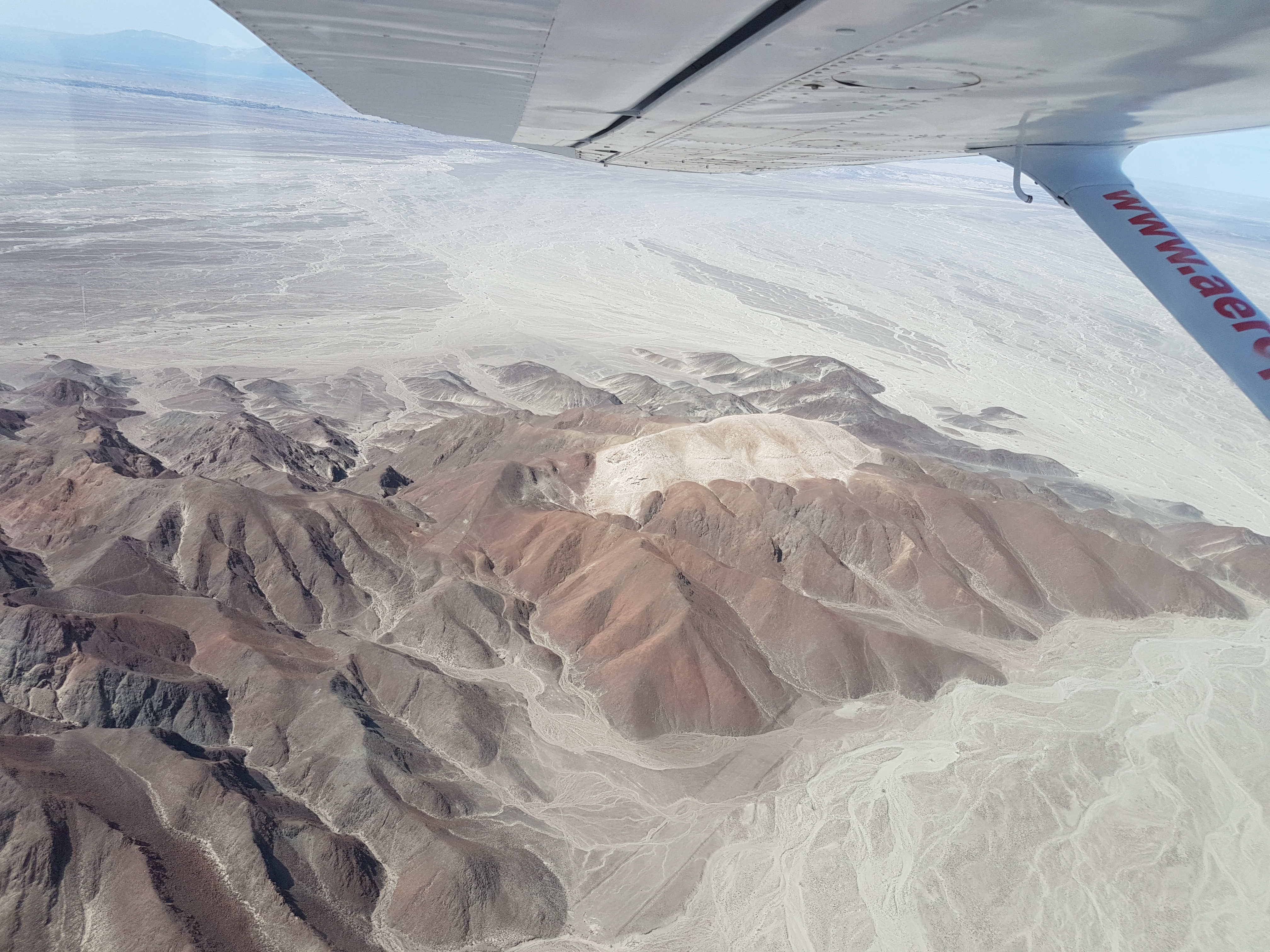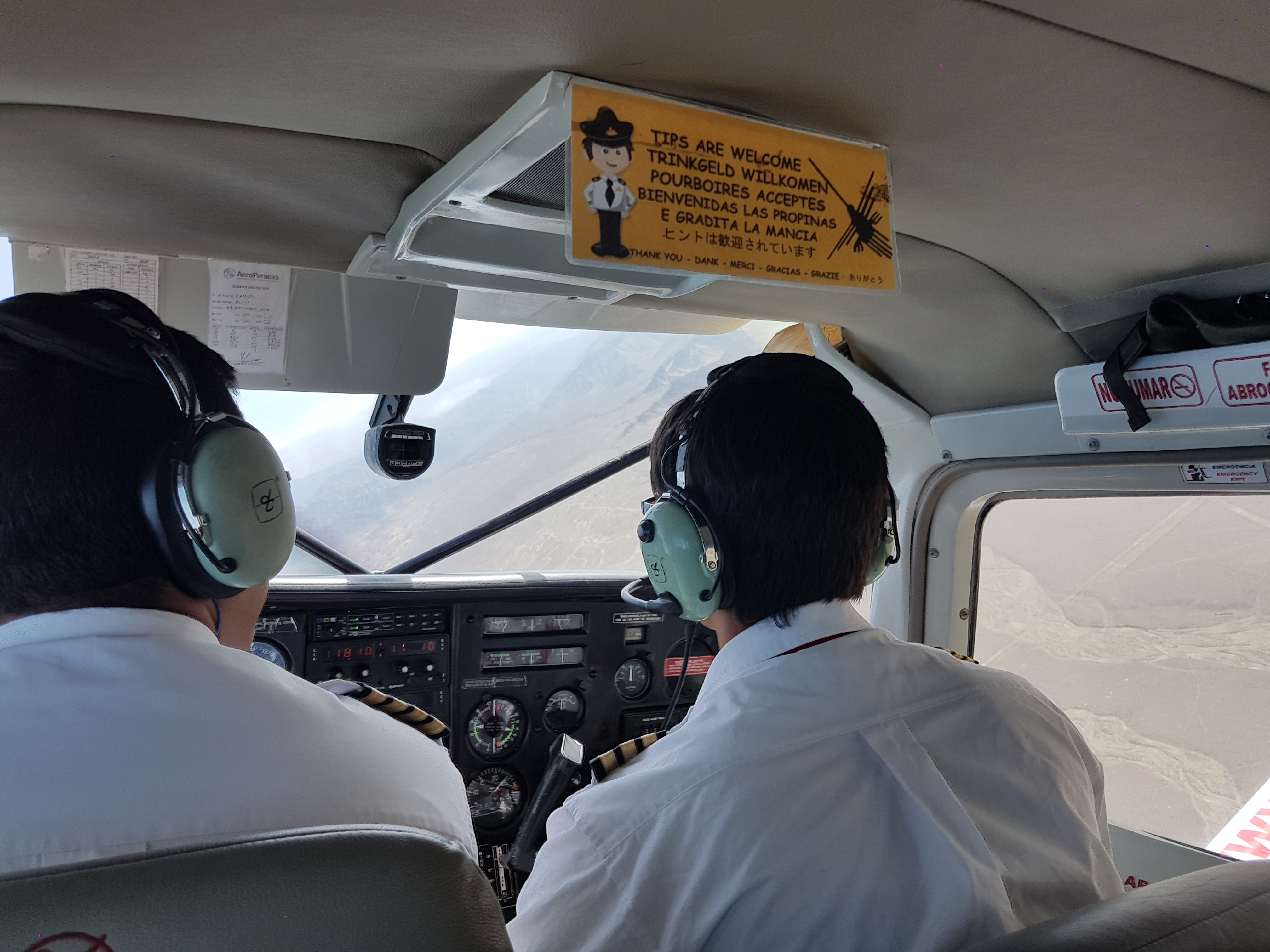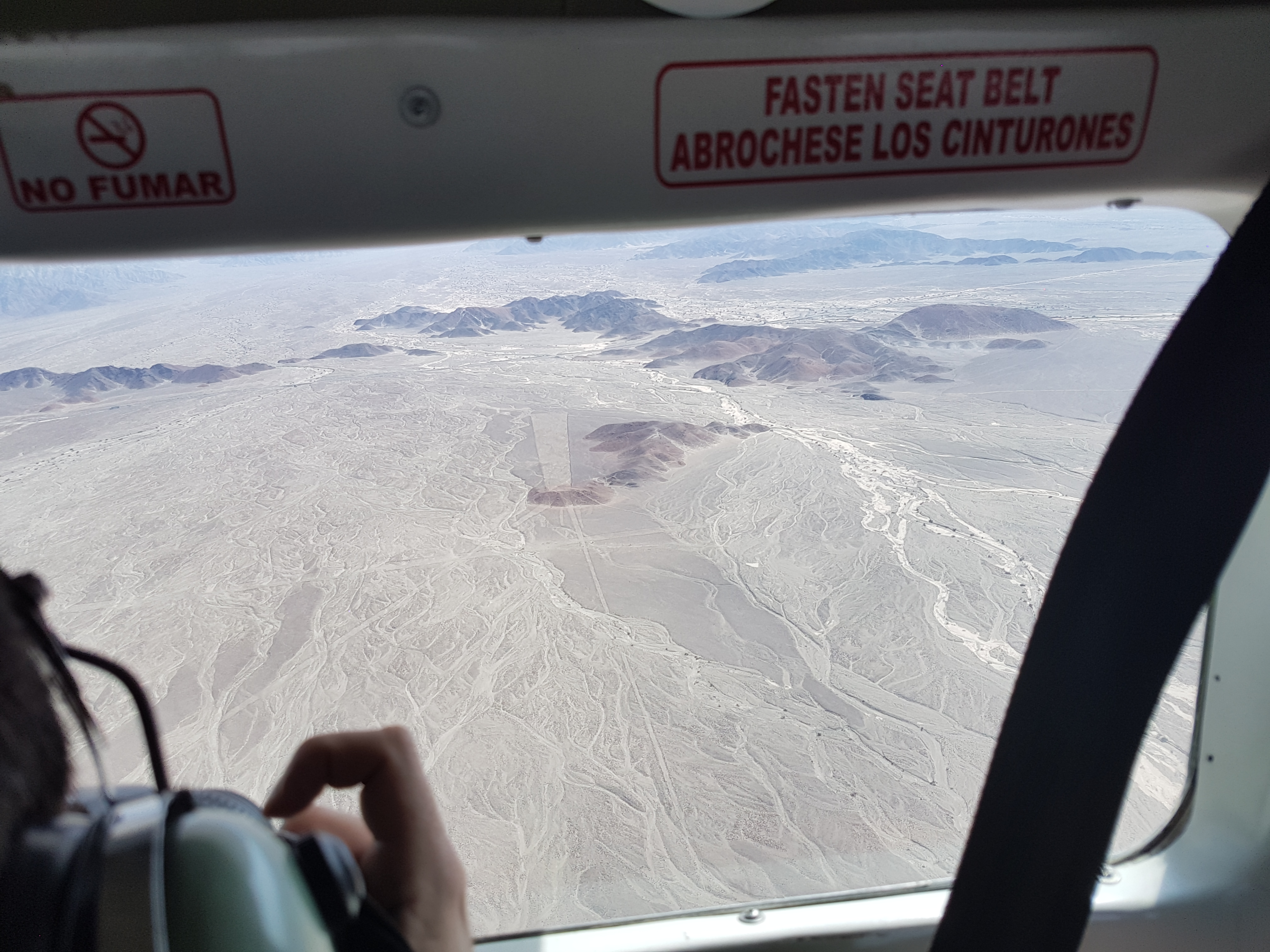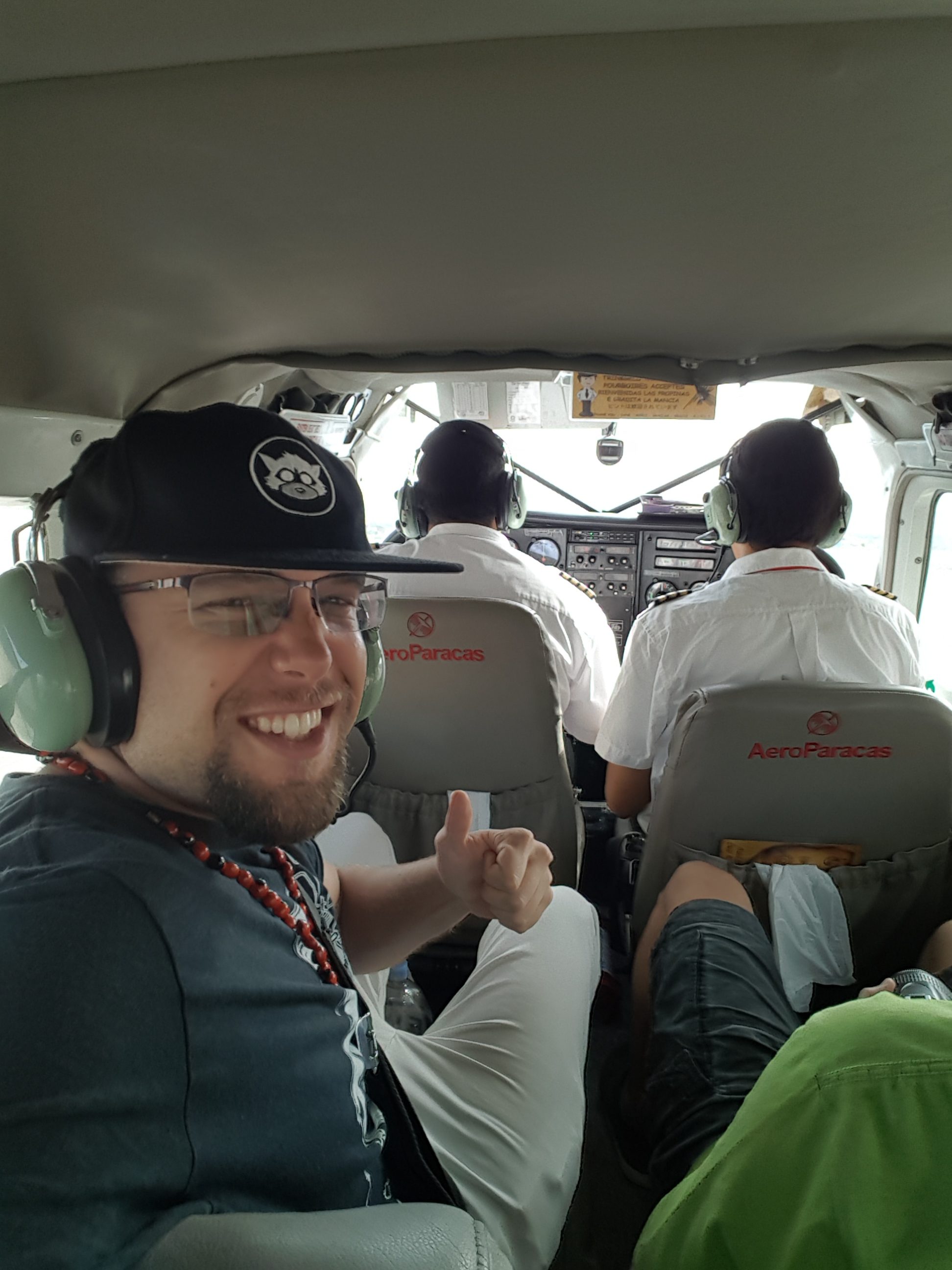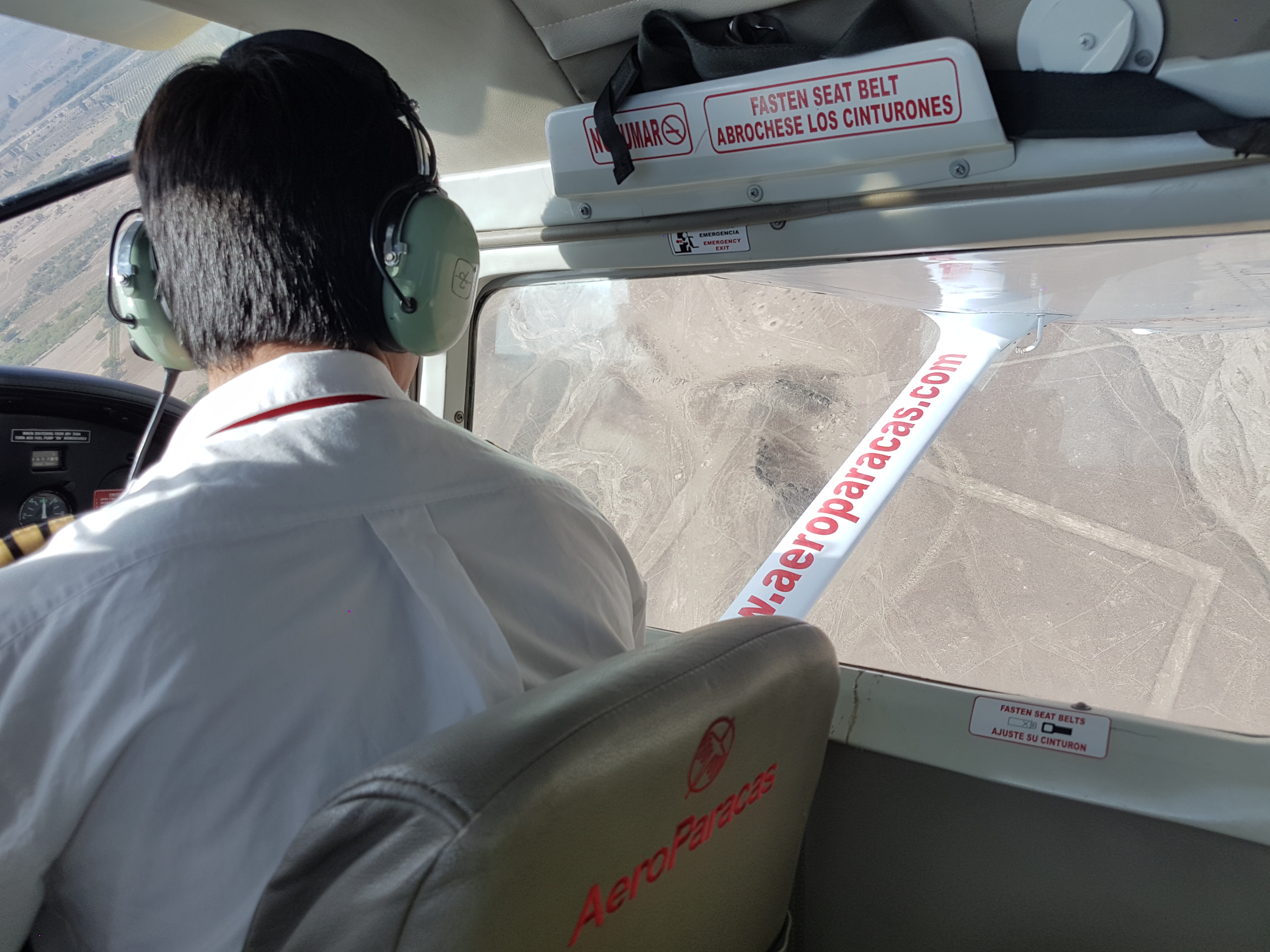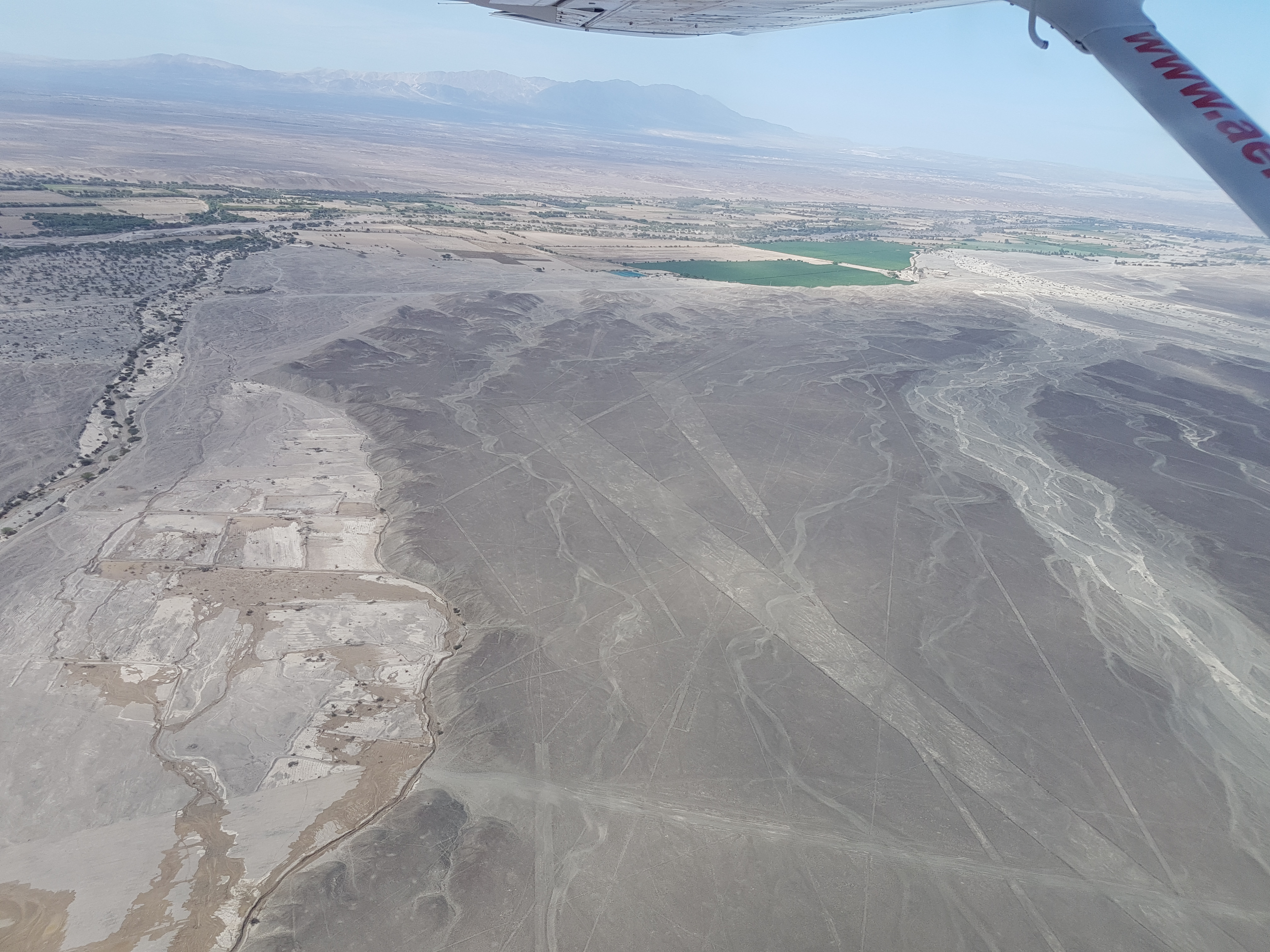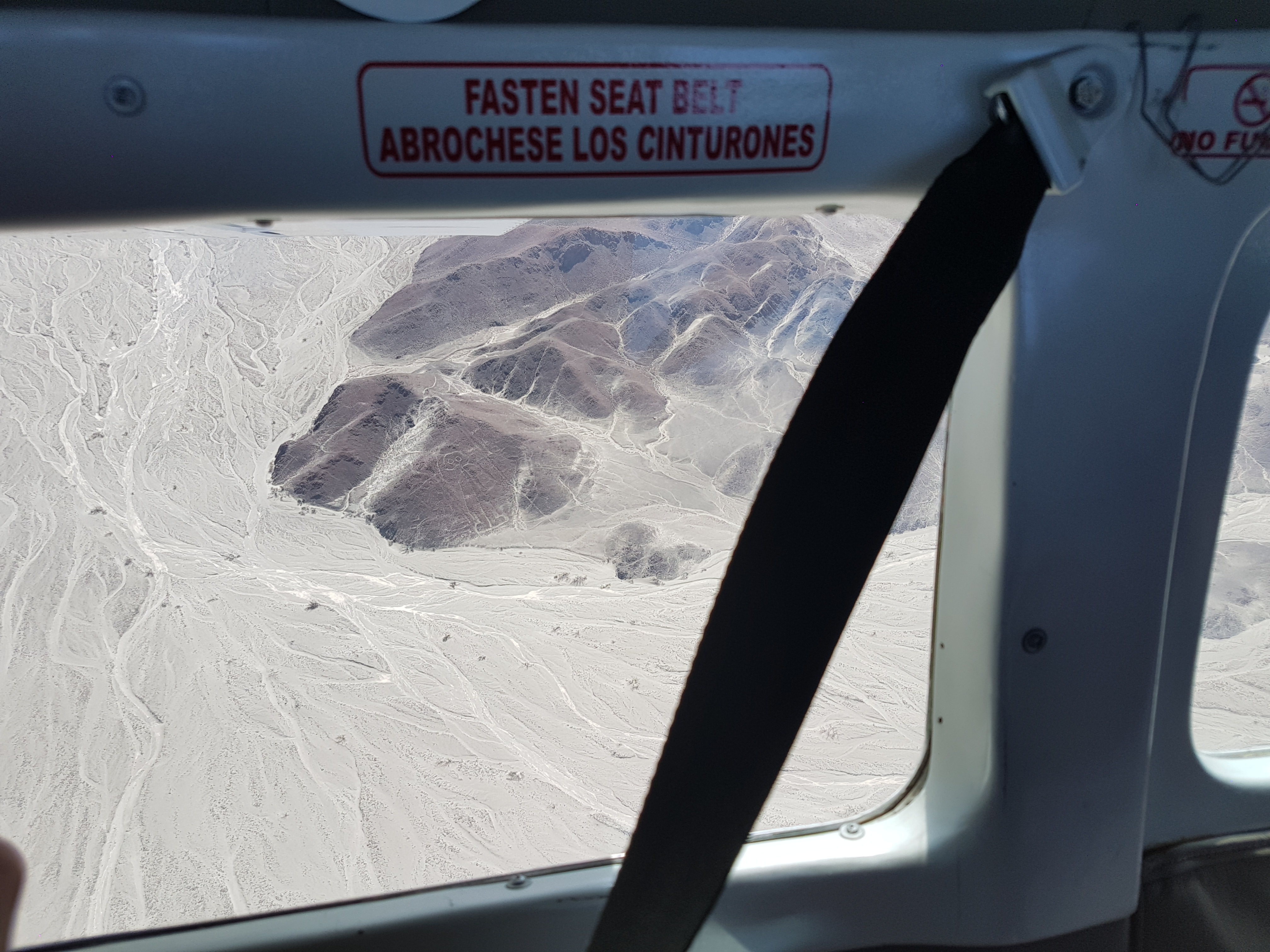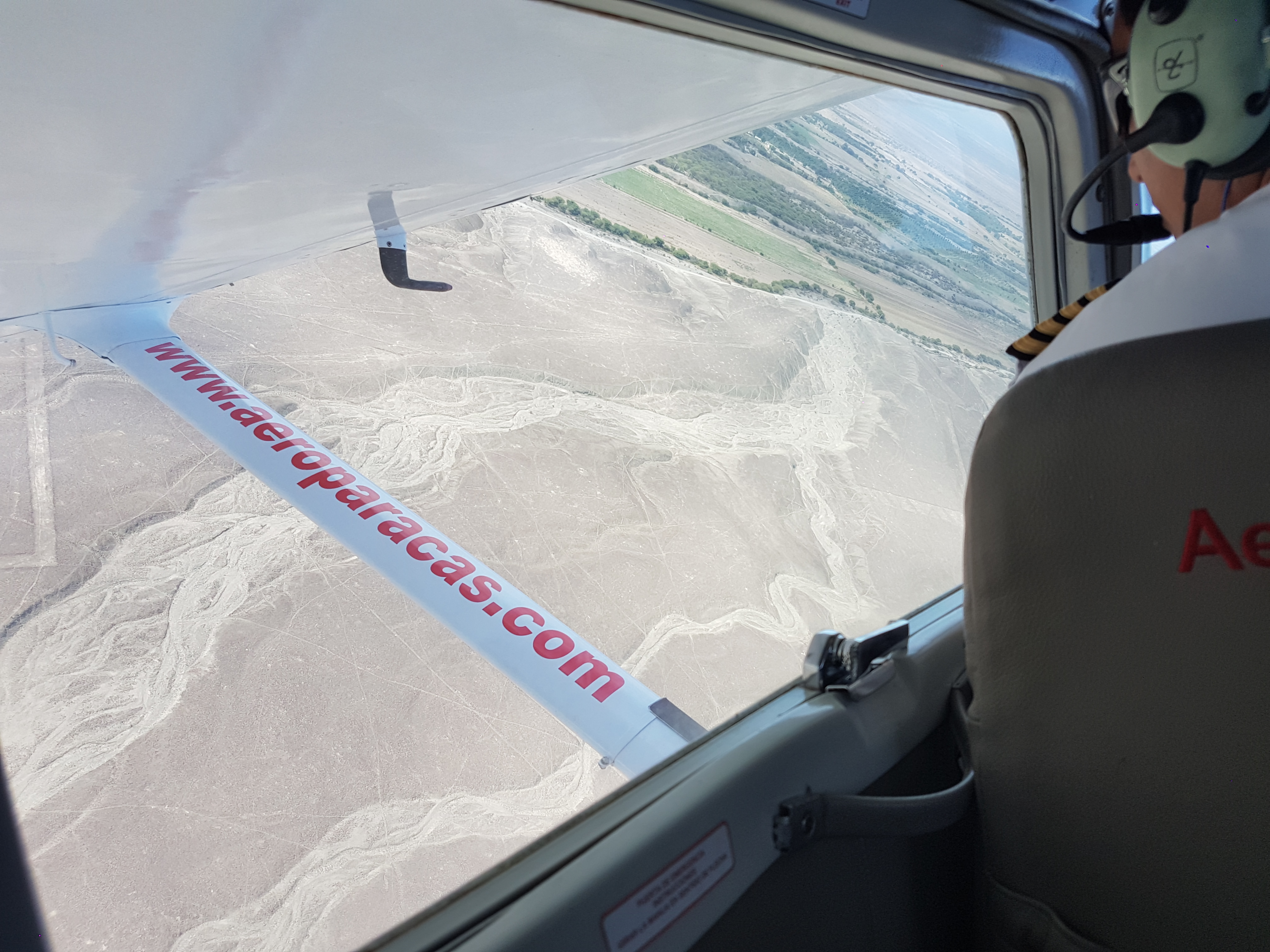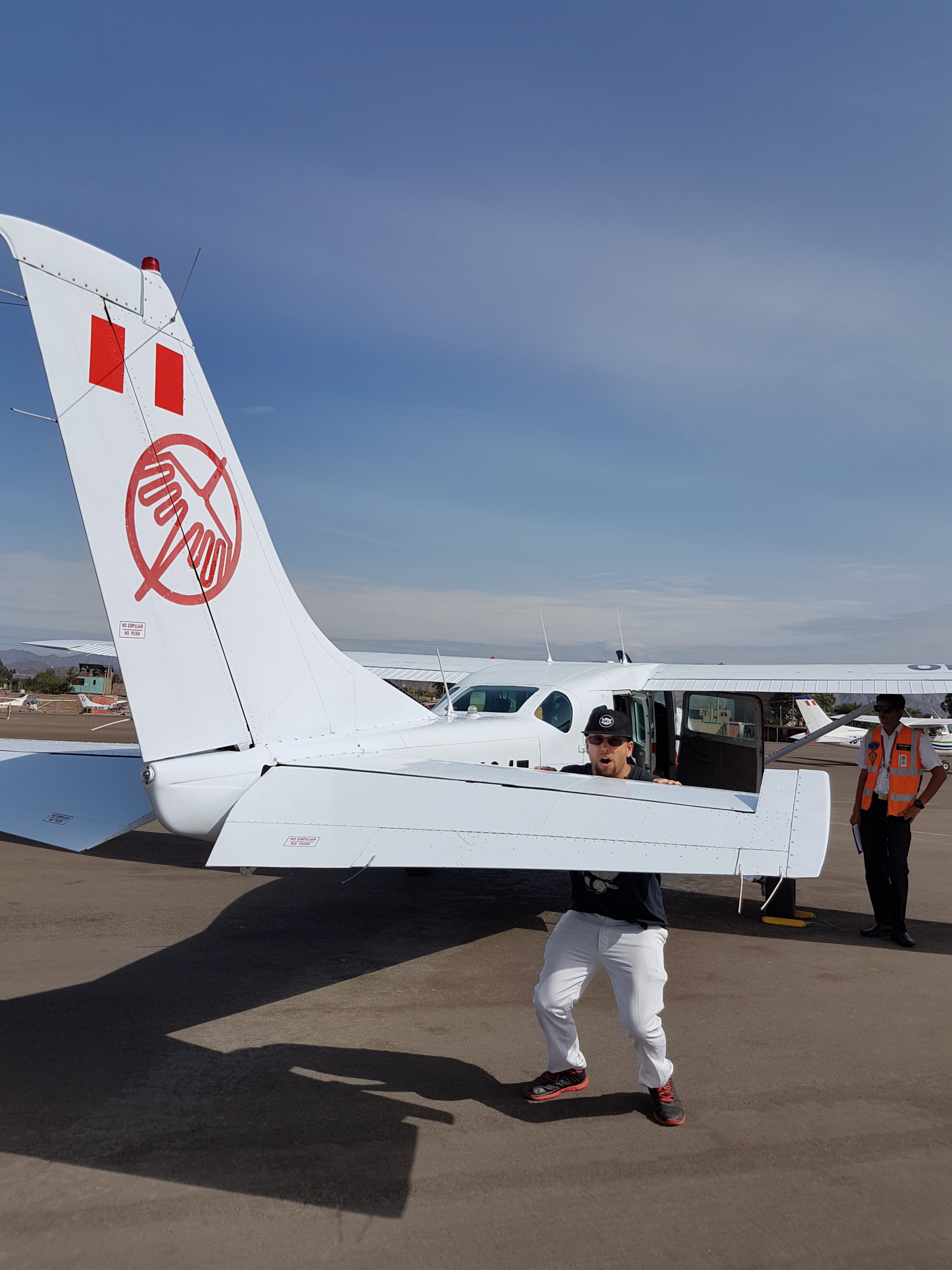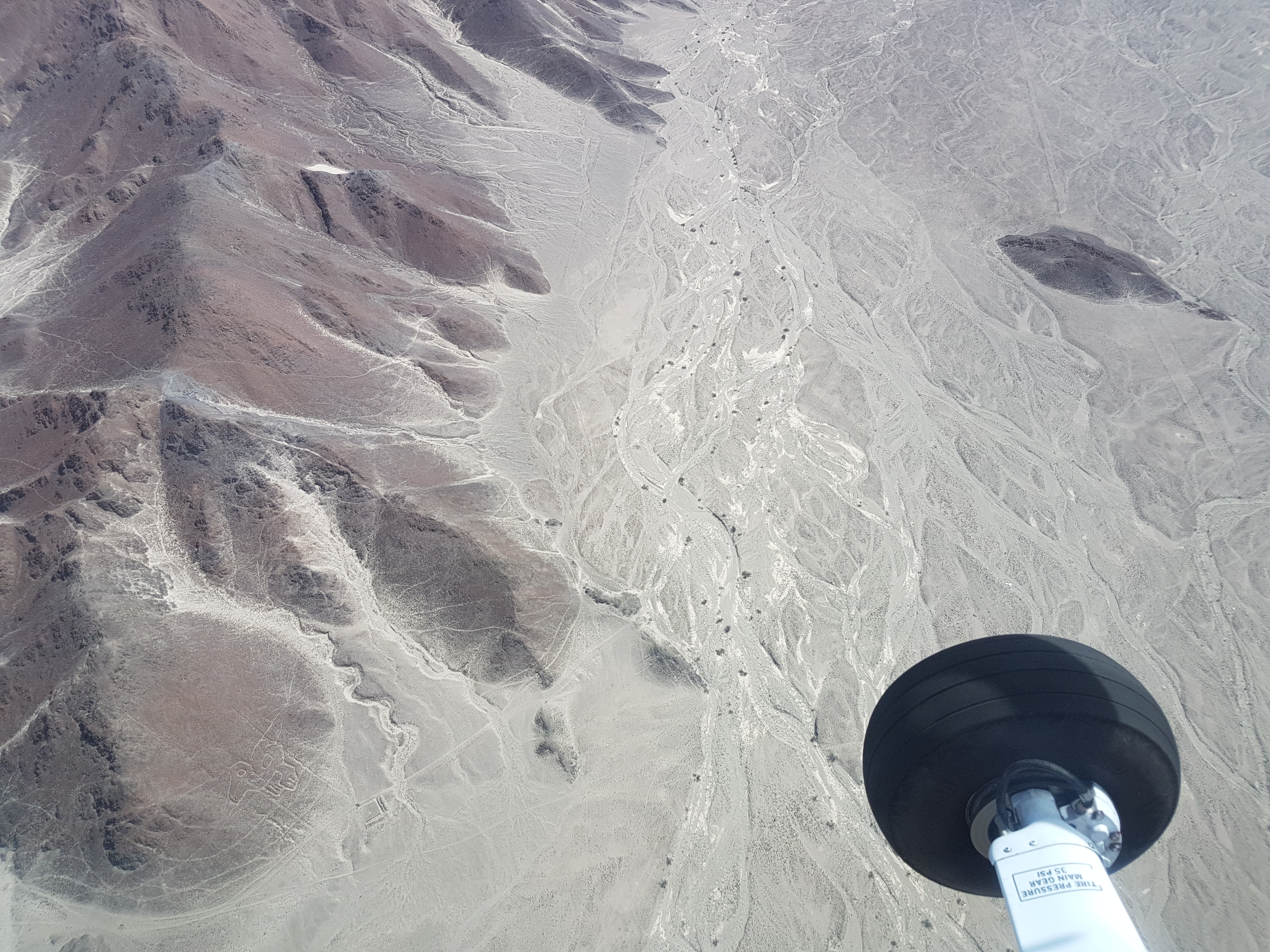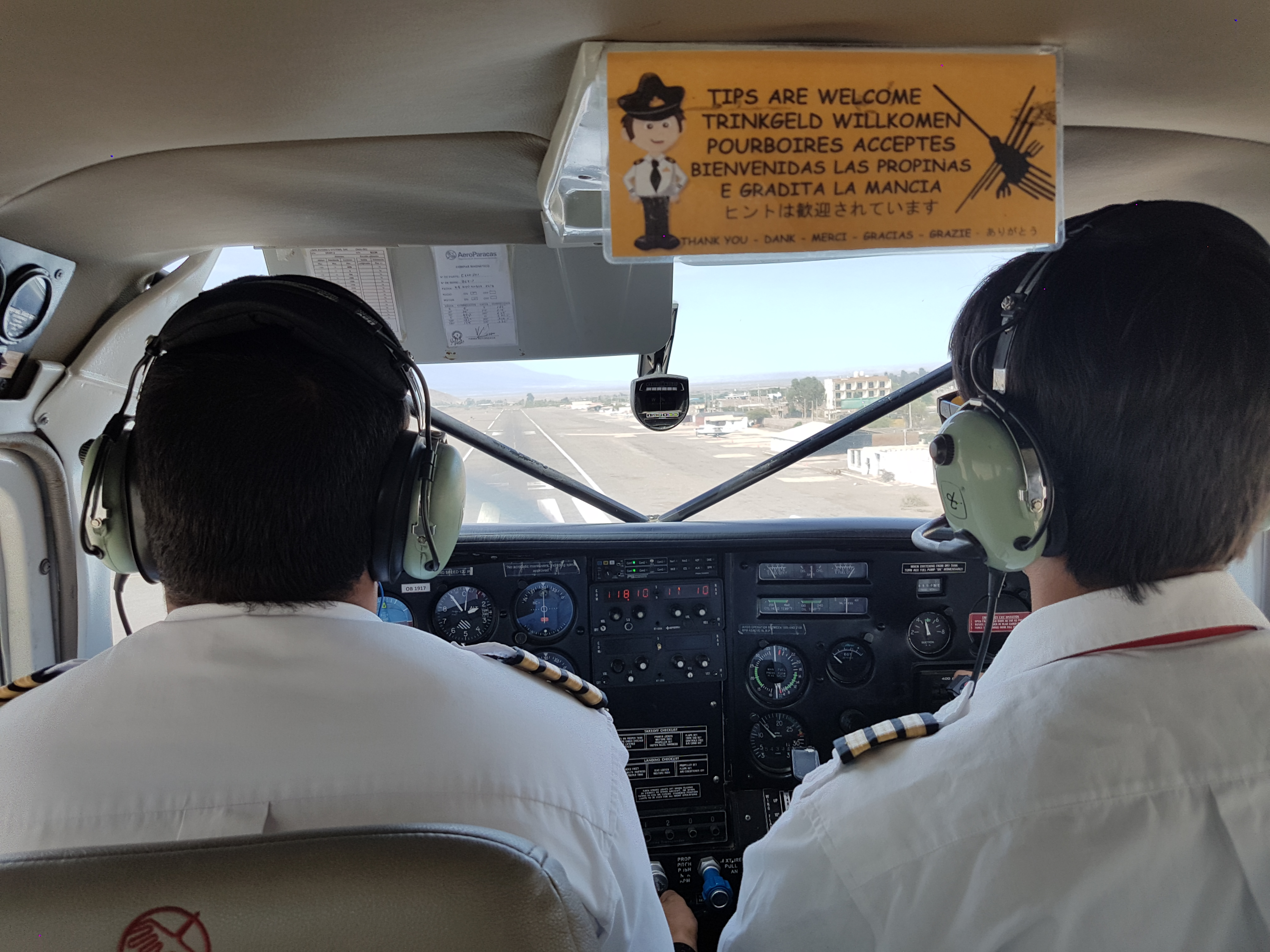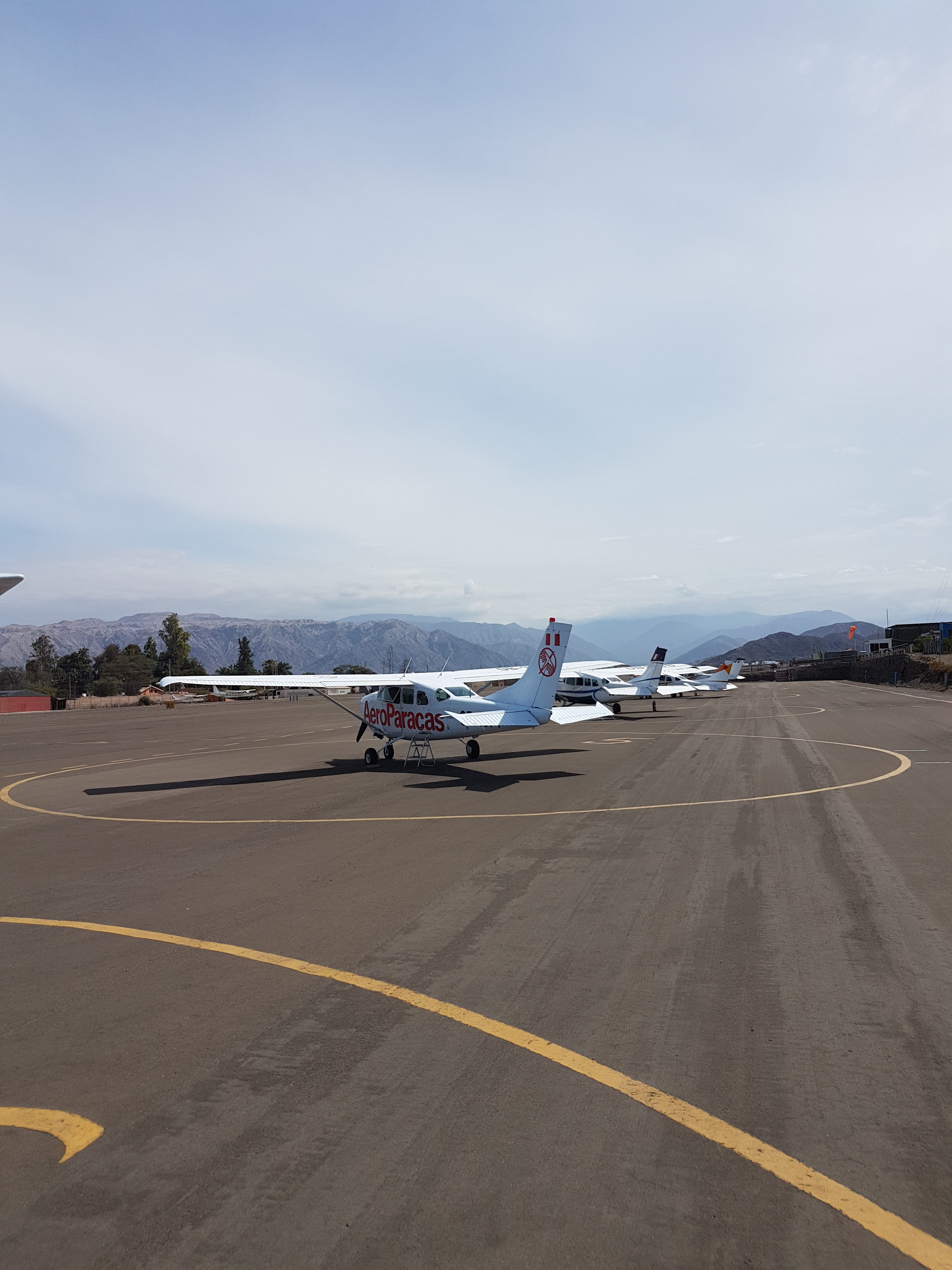Out of all the mysterious archeological sites scattered throughout Peru, none are more perplexing than the Nazca lines. Nearly a hundred years after they were officially discovered, experts can’t agree on their purpose. Some claim these lines were created for beings in the sky while others insist that it’s an elaborate sundial. No matter what their true purposes is, it’s easy to say that this is one of the most epic archeological discoveries of the 20th century. The sheer intricacy and apparent intent of being seen from the air makes this series of geoglyphs absolutely fascinating.
According to experts, this elaborate series of trenches was created between 500 BC and 500 AD by the Nazca civilization. Motivated by countless possible intentions, they spent hundreds of years digging these trenches under the glaring desert sun. While the lines are only 10 to 15 cm (4 to 6 inches) deep, they are 0.4 to 1.1 km (0.2 to 0.7 miles) wide. These peculiar dimensions allow the yellow-grey subsoil to be exposed, which contrasts perfectly with the reddish-brown top soil to be clearly seen from the air. Thanks to the extremely dry and windless climate, these shallow lines have remained intact for thousands of years.
While the digging methods used were intriguing, the sheer number of figures is absolutely mind-boggling. So far hundreds of simple lines and geometric shapes have been discovered along with 70 zoomorphic designs of animals and plants. These include a monkey, spider, condor, fish, jaguar, llama, hummingbird, trees, flowers and even human figures. The combined length of these figures stretches over 1,300 km (808 miles) in a 50 square kilometer (19 sq. mi.) area. A Japanese team from Yamagata University has pledged to conduct fieldwork on the Nazca lines until 2021. Since 2006 they have discovered over 100 new geoglyphs, so the number of figures is bound to increase.
Unfortunately, the shallowness of these lines makes them extremely easy to destroy. While the area is restricted to civilians, these rules haven’t stopped people from fucking up this amazing piece of history. In 2012, a rogue group of squatters occupied land that was supposed to be protected by the Peruvian government. While the people kept to themselves, their wild pigs wandered around and ruined a Nazca-era cemetery. The next year limestone quarry machinery accidentally destroyed a small section of the line. In an oversight so outrageous that it could be featured in a cheesy comedy film, off-road vehicles participating in the 2013 Dakar Rally drove on top of multiple lines.
Ironically, the worst damage done to the Nazca Lines was committed by Greenpeace activists who were protesting environmental issues in 2014. While claiming to “ensure the ability of the Earth to nurture life in all its diversity”, these dumbasses caused irreversible damages to one of the most beloved Nazca geoglyphs. In an epic attempt to bitch about the environment, they decided that setting up a banner in the middle of the Nazca lines was a great idea. Oblivious to the fact that archeologists wear special shoes to avoid damaging the shallow lines, they hiked in without a second thought.
After filming a video of their activists erecting a large banner on the hummingbird geoglyph, Greenpeace posted it on the internet. Instead of generating sympathy to their cause, they evoked the fury of the Peruvian government. Despite initially denying wrong doing and trying to hide the identity of the activists, Greenpeace eventually apologized. This half-hearted apology wasn’t accepted by the Peruvian government, and Greenpeace was forced to divulge the names of their activists.
While one idiot Wolfgang Sadik got fined and received a suspended prison sentence, the damage was already done. Countless parts of the hummingbird figure were damaged by condescending hippy footprints. To add insult to injury, instead of taking responsibility Greenpeace tried to shift the attention back to the damage done by the Dakar Rally in 2013. This pompous attitude combined with their ignorant act of vandalism on a cultural masterpiece showcases the idiocracy of Greenpeace. They are too dumb to control their overzealous members, and it’s no secret why Greenpeace isn’t allowed to operate in Peru.
As if the irresponsibility of modern humans wasn’t enough, the Nazca Lines are also threatened by climate change. While the area normally never receives rainfall, that could change soon. As climates vary drastically around the world, locals pray that it doesn’t affect Nazca. The Nazca lines are not deep enough to survive heavy rains without being washed away forever. This looming issue makes visiting these intricate lines a top priority for anyone who’s truly interested in pre-Columbian Peruvian history.
Unfortunately, the incidents surrounding these lines don’t stop. The area is too large for the Peruvian government to control, and the doors are open to new oversights. In January of 2018, a truck driver accidentally drove over three Nazca lines. After briefly being arrested, he was released after proving it was an accident. As a species, we are too distracted to preserve this priceless piece of history. It’s only a matter of time before we wipe out these delicate lines completely, so come see them while they last.
Like everything in Peru, implementing a few tricks will make your flight go a lot smoother. For this reason, we compiled a list of essential tips for flying above the Nazca lines. Prepare to get the inside scoop with no strings attached. You won’t get it anywhere else, so learn how to fly over Nazca like a boss!
Tips for Visiting Nazca Lines Like a Pro
Tip #1: Don’t Eat Before Your Flight – While it’s tempting to have a snack before your flight over the lines, this urge needs to be resisted at all costs. Despite seeming like a simple activity, zipping around in circles in a tiny plane needs to be done on an empty stomach. While the movement of a commercial jet doesn’t affect its passengers, smaller 8-person planes are a different story. Unlike the plane ride over to Peru, every slight movement on this flight can make passengers’ stomachs turn.
While I didn’t experience any issues, when we landed I realized that all of the other passengers on the plane had puked everywhere. Thanks to the sound of the engine, I didn’t hear everyone painting the plane’s interior with their half-digested breakfasts. Discovering this information when it was possible to get out of the plane was a blessing, but not everyone is this lucky. Even if you are a frequent flyer, these little planes can fuck you up. For this reason, do everyone a favor and eat after the flight.
Tip #2: Book Directly with the Operator – While it’s easy to get lured into all-inclusive tour packages from travel agencies, avoid them at all-costs. Nazca is an extremely cheap city to stay in, so getting a free hotel room isn’t a bargain. They are making a hefty commission off every lazy passenger they sign up, which drastically increases the price of the flight.
To cut out the middle-men, contact Nazca flight companies directly. Without giving away a foreign sounding name, send them an email that’s written in Spanish asking for prices. Even if you don’t speak Spanish, using Google translator will work for a quick message. Don’t be fancy, just ask for the price during the dates you have available. Once you get the real price, send over your personal information and seal the deal. Taking advantage of the potential anonymity of the internet is the best way to get a decent fare. While it still won’t be super cheap, it will be noticably more affordable than getting financially raped by a travel agency.
